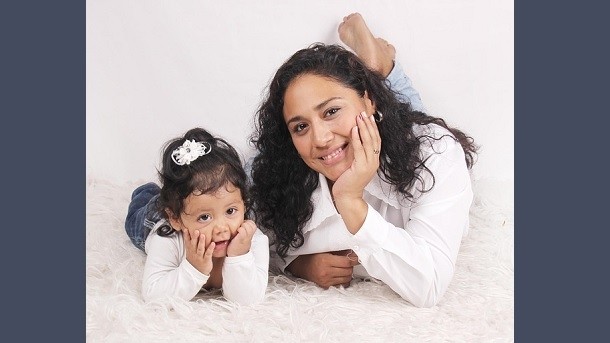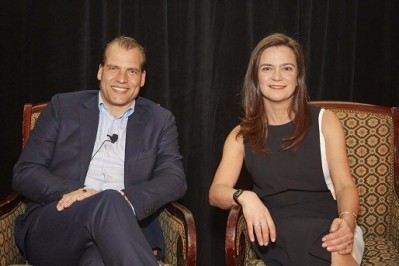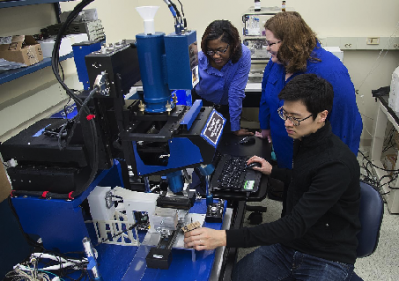Unilever’s latest campaign celebrates US Latino community

In the US, where the company employs close to 8,000 people, Unilever sales topped $8.5bn last year. Its personal care product portfolio in the States includes brands such as Axe, Caress, Dove, Noxzema, Ponds, and Suave.
The company’s press materials note that Unilever reaches 2bn consumers every day. Surely a substantial percentage of which is Latino.
Cultural quality
Framing up the new Unilever campaign, Brian Critz, brand director, multicultural for the company in the US, says, “Latinos are trendsetters, whose personal style is their unique calling card.”
And the initiative is especially meant to connect with younger consumers. “With the #100PorCientoTu campaign, we want to highlight the diversity and dynamism of the Latino community, especially among millennials, whose identity is deeply tied to their culture, self-image and aspirations,” explains Critz in a press release.
Celebrity partnerships
Models, stylists, and other influencers will be involved. They’ll create content and share beauty and grooming tips that feature AXE, Caress, Dove, POND's, Suave, TRESemme and Degree.
"I'm thrilled to partner with Unilever on a campaign that encourages individuality," said Denise Bidot, international model and campaign spokesperson. "Working with brands that are personal favorites and spreading the message of confidence and self-expression is a dream come true."
Unilever will also be sponsoring Latin music concerts as part of the #100PorCientoTu campaign.
What does multicultural mean?
There are differing opinions in the industry about what is the most effective way to develop and market personal care and cosmetic products to a diverse consumer base. It’s generally agreed that one product collection doesn’t work for everyone. But then the question remains, how best to segment the business?
Conventionally demographics have been used, like in this Unilver campaign. And new brands are following this approach too—the Brown Crayon Project, for instance.
Newer thinking suggests that segmentation according to psychographics, care needs, and style preferences is a smarter solution, and one that mirrors real-life diversity more accurately. Nicole Fourgoux, general manager of the Multi-Cultural Beauty Division at L'Oréal USA, suggests asking “what are the shared values, shared demands, and shared needs [of today’s beauty consumers]?” (Fourgoux spoke at a CEW Beauty Insider event last November.)













